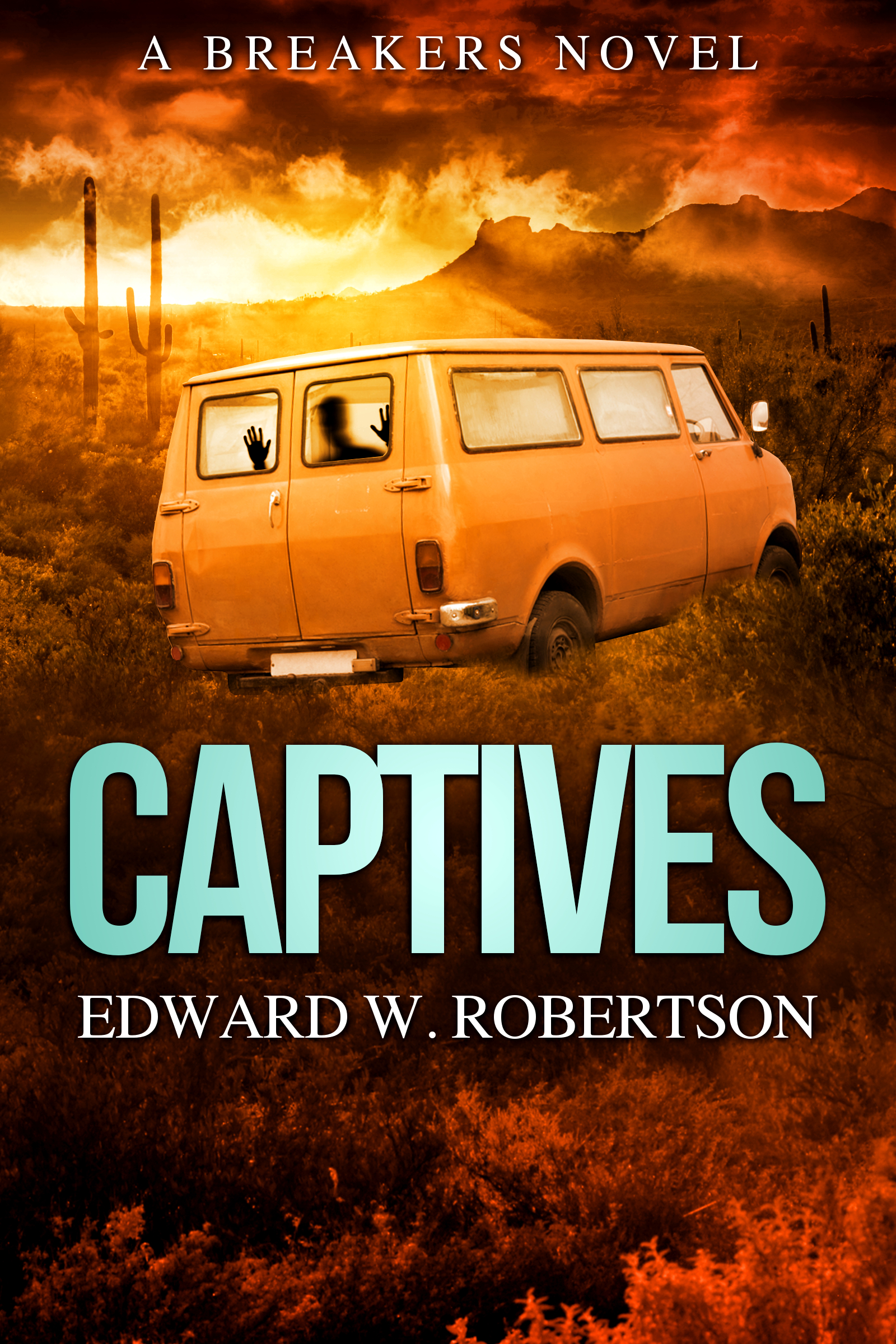In one sense, it isn’t news that Amazon wants the payment to authors for Select borrows to be about $2.00. The program is now over a year old, and in that time, the rate has always been pretty close to that mark. But this December, a lot of people thought things might be different. Amazon announced that they were adding a bonus payment to the Select pool, doubling their borrows budget to $1.4M. There was talk that borrows might pay $3 or even $4 apiece. I didn’t think it would get that high, but I figured it would be a big enough pot to keep borrows in the $2-2.50 range.
The December 2012 borrows rate was recently announced. The payout? $1.88.
Well. A bit skimpy. But how does that compare to the history of the program? Here’s the per-borrow payment each month since Select started.
12/11 – $1.70
1/12 – $1.60
2/12 – $2.01
3/12 – $2.18
4/12 – $2.48
5/12 – $2.26
6/12 – $2.08
7/12 – $2.04
8/12 – $2.12
9/12 – $2.29
10/12 – $2.36
11/12 – $1.90
12/12 – $1.88
Over the course of the program, Select has paid an average monthly rate of $2.07 per borrow. Its lowest payout was $1.60 in January 2012; its highest was $2.48 in April 2012. The payment rate has never been more than 20% lower than $2.00 or 25% higher than $2.00. Trend-wise, the per-borrow payment has never increased more than 3 months in a row, and it’s never decreased for more than 3 months in a row.
Based on these numbers, I think we can conclude a few things about Amazon.
- Amazon wants borrows to pay about $2 apiece
- Amazon doesn’t want to set the borrow rate at a hard $2 apiece
- Amazon is really good at modeling consumer behavior
- They’ve done better over the holidays than expected
Rad. All this raises a few immediate questions.
Why $2?
The glib economics answer is Amazon believes $2 is the rough price point at which enough authors will stay enrolled in Select to give Prime customers an enjoyable selection of books and thus incentivize them to re-up next time, too. As for how Amazon reached that $2 figure in the first place, I don’t know. The obvious answer is that $2 is about what an author would be paid for a sale of a $2.99 book at a 70% royalty, making a borrow just as good as a sale.
Why not a hard $2 monthly payment?
I think there are several reasons for this. For one thing, a $600,000 or $1,500,000 pot looks a lot more enticing to authors than $2/borrow. There’s a bit of a gambling element to it. Sure, borrows may only have been $2.04 this month, but what if they go up to, say, $2.40 next month? And what if I can get more of them than I did last month? That could really add up. *click, enrolled*
For another thing, maybe Amazon doesn’t have perfect confidence in their predictions of customer behavior. If they set borrows at $2, and next month Fire sales explode and they wind up with double the borrows they had last month, Select would cost them twice what they had budgeted. Amazon’s got riches for days, so maybe an extra $200K or $600K is no big deal, considering it’s a cost incurred by selling all those new Kindles/getting all those new Prime subscriptions, but even Amazon has budgets.
But the most important thing, I think, is that Amazon loves complex systems. They don’t want to lay down rules from above, they want to build dynamic ecosystems, because if you build them right, such systems are self-correcting–and provide you with all kinds of awesome data. For instance, if you set the borrow payment at $2, and authors slowly decide that’s insufficient, they’ll unenroll. The selection of titles in the Kindle Online Lending Library will shrink, making it less attractive to Prime members, leading to fewer subscriptions and less $$$ for Amazon.
But if you make the per-borrow payment dynamic, then you have a self-correcting element to push the system back to equilibrium. Maybe $2 isn’t worth enrolling, but as there are fewer books sharing the pot and/or fewer Prime customers borrowing them, the borrow payment creeps up. Maybe at $2.25, a few more authors decide it’s worth their while to join up. At $2.50, even more jump ship for Select. The KOLL has more titles, making it more exciting for prospective Prime customers, leading to (hopefully) a resurgence in subscriptions. And then as more authors and Prime customers join up, the per-borrow payment shrinks again, but who cares? You’ve got fresh blood in the program. To leave it, they’re going to have to a) decide it’s no longer worth it and b) take action to get out of it. Until they do, you’ve got authors’ content and customers’ money.
And in the meantime, you get to collect all this awesome data about how all these groups react to the changes in the system.
Because Amazon doesn’t know that $2 is the ideal borrow payment. Maybe authors will flood Select with titles for just $1/borrow. If so, great news for Amazon. They can offer even better service to their customers at little or no extra cost to themselves.
Why might Amazon have had better holidays than they anticipated?
I don’t know that for a fact. But look at the numbers above. To date, the only months the borrow payment rate has dipped below $2 are in November, December, and January–the leadup to Christmas, Christmas itself, and the post-Christmas boom. If they wanted borrows to be around $2, then they’ve had a few more Prime customers both holiday seasons than they predicted.
What does this mean for authors going forward?
Well, that would seem like good news. Because a lot of those new Prime members have their membership because they bought a Kindle Fire. And new Kindle Fire owners means more people around to buy ebooks.
It also means the Select program is pretty stable. There are still a lot of authors in the program and a lot of Prime members borrowing their books. From Amazon’s perspective, this is just dandy. And if everything’s working as they like, it’s less likely that they’re going to put out a lot of shiny new incentives to the Select program.
Note: there is a big difference between “less likely” and “won’t”. However well Select is doing for Amazon, the bloom is off the rose. They could decide to do something about that at any time.
But the program looks stable, and it looks like a winner. I’m having a hard time typing this, because I feel like there are good odds I’ll soon be proven hilariously wrong at any moment, but don’t count on any big changes to the program soon.
And in the meantime, expect to be paid about $2 per borrow. Amazon appears to want to keep it there–and Amazon is pretty good at getting what they want.









Leave a Reply